
President Ramchandra Paudel has said that Chundiramgha, the birthplace of Bhanubhakta Acharya, should be developed as a literary pilgrimage site and a centre of national unity.
The Head of the State mentioned that linguistic unity has been established among all Nepali language speakers around the world with the contribution of pioneer Nepali poet Bhanubhakta.
In a message of greetings today on the occasion of the 211th birth anniversary of Aadikavi Bhanubhakta Acharya, President Paudel today has mentioned that the Balmeeki Ramayan, translated into Nepali language by Aadikavi Bhanubhakta in a lucid, polite and interesting way played an important role in enhancing emotional unity among all Nepalis living in mountains, hills and Tarai region. He further said that Bhanubhakta-translated Ramayan is an important composition that binds the various castes of Nepal in a thread of unity.
President Paudel has also called upon all language-speaking communities to understand the importance of creation and devote themselves to the protection and development of their respective languages. He mentioned that Bhanubhakta has made an incomparable contribution to promoting Nepali language as a poetic language and its promotion in other genres.
He wished to strengthen mutual trust, love and unity among all Nepalis with linguistic and cultural tolerance. On the occasion President Paudel has also wished to be inspired to love, respect and protect all castes, languages, literature and culture in Nepal.
Aadikavi Bhanubhakta Acharya was born on 29 Asar 1871 BS in Chundiramgha of Tanahun district to father Dhananjaya Acharya and mother Dharmavatidevi.
In commemoration of the same day, every year on the 29th of Asar in the Lunar calendar, Nepali language, literature and culture lovers living in the country and abroad have been celebrating BhanuJayanti by organizing various programmes.



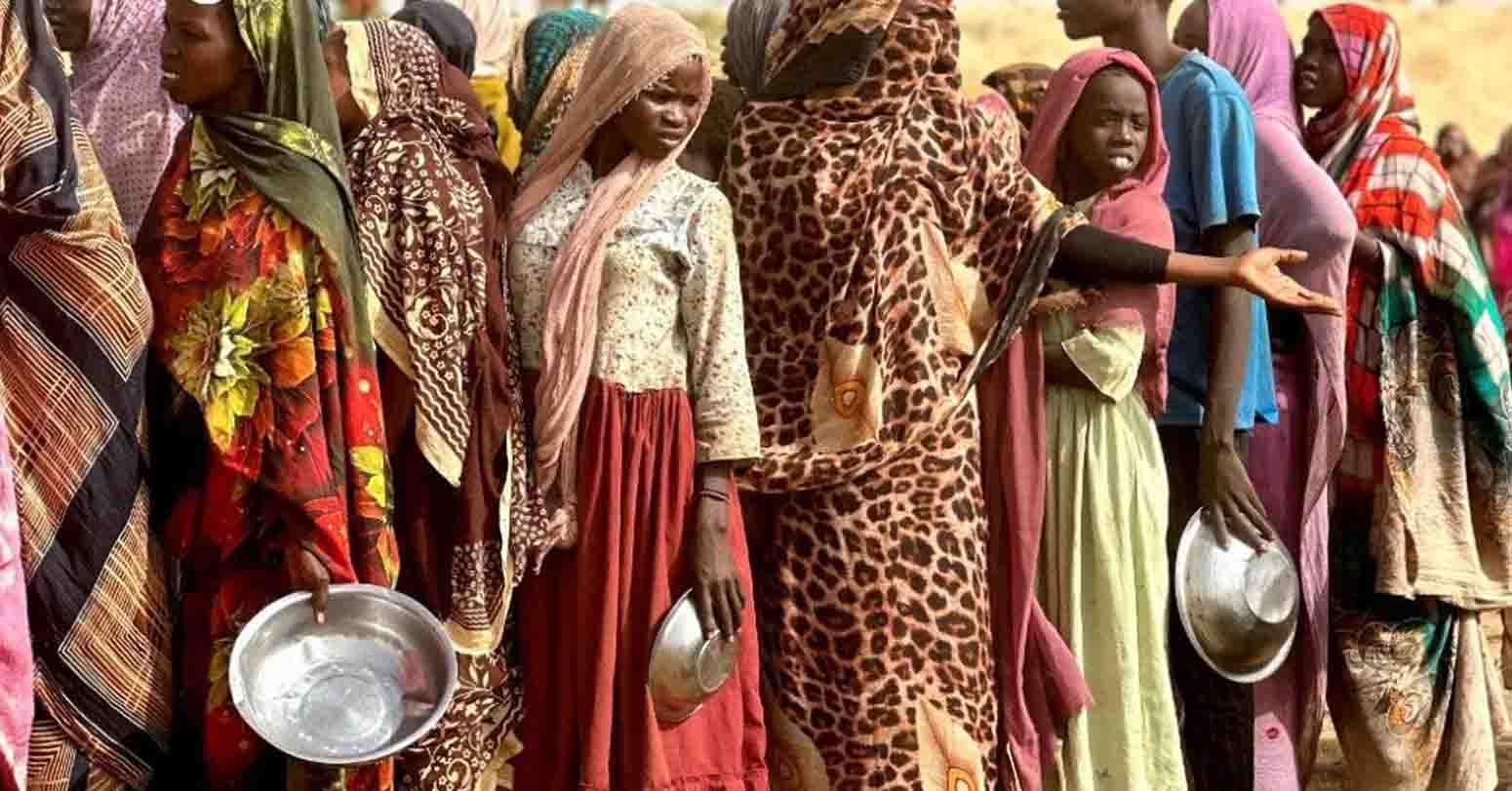

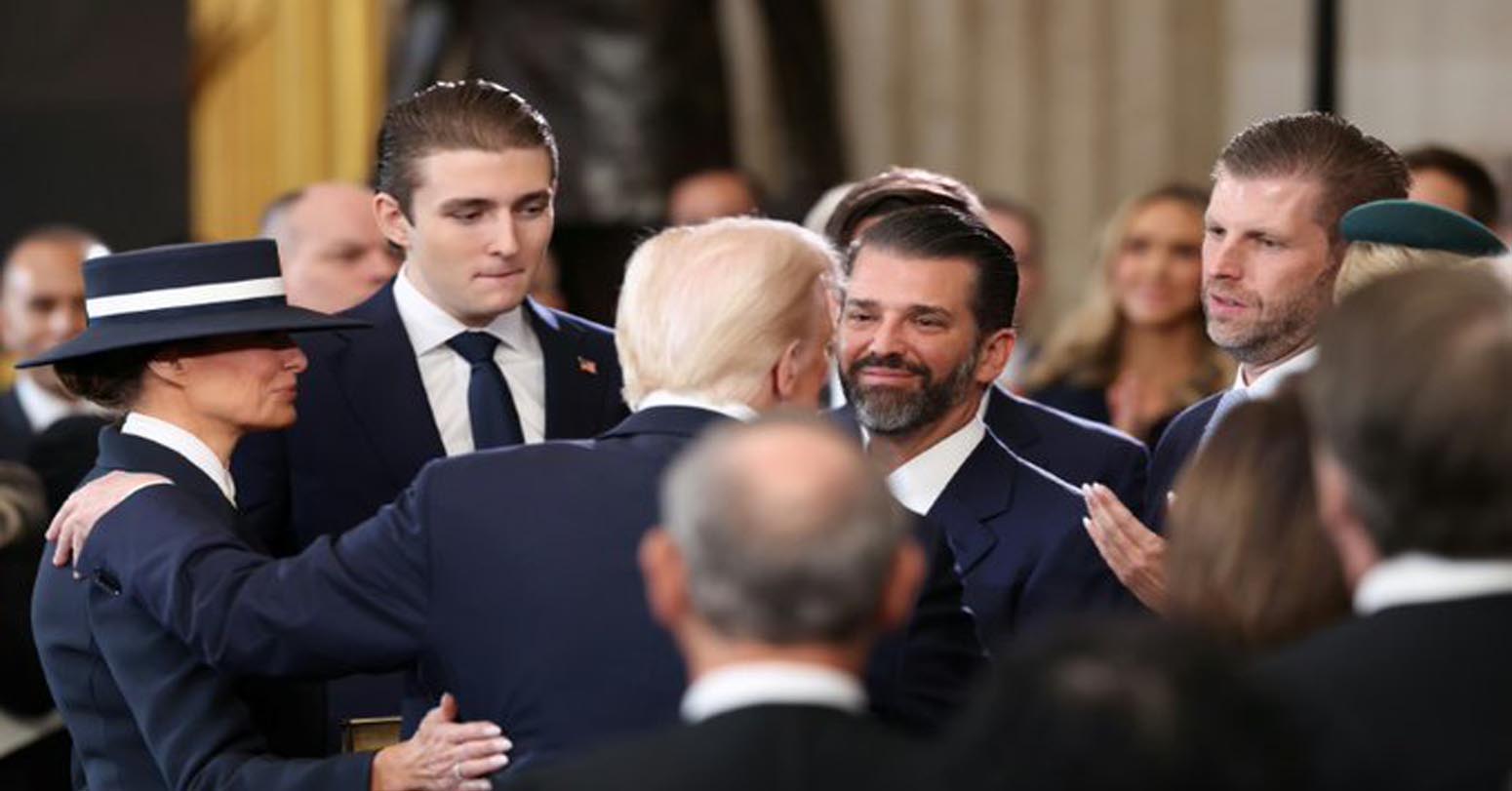
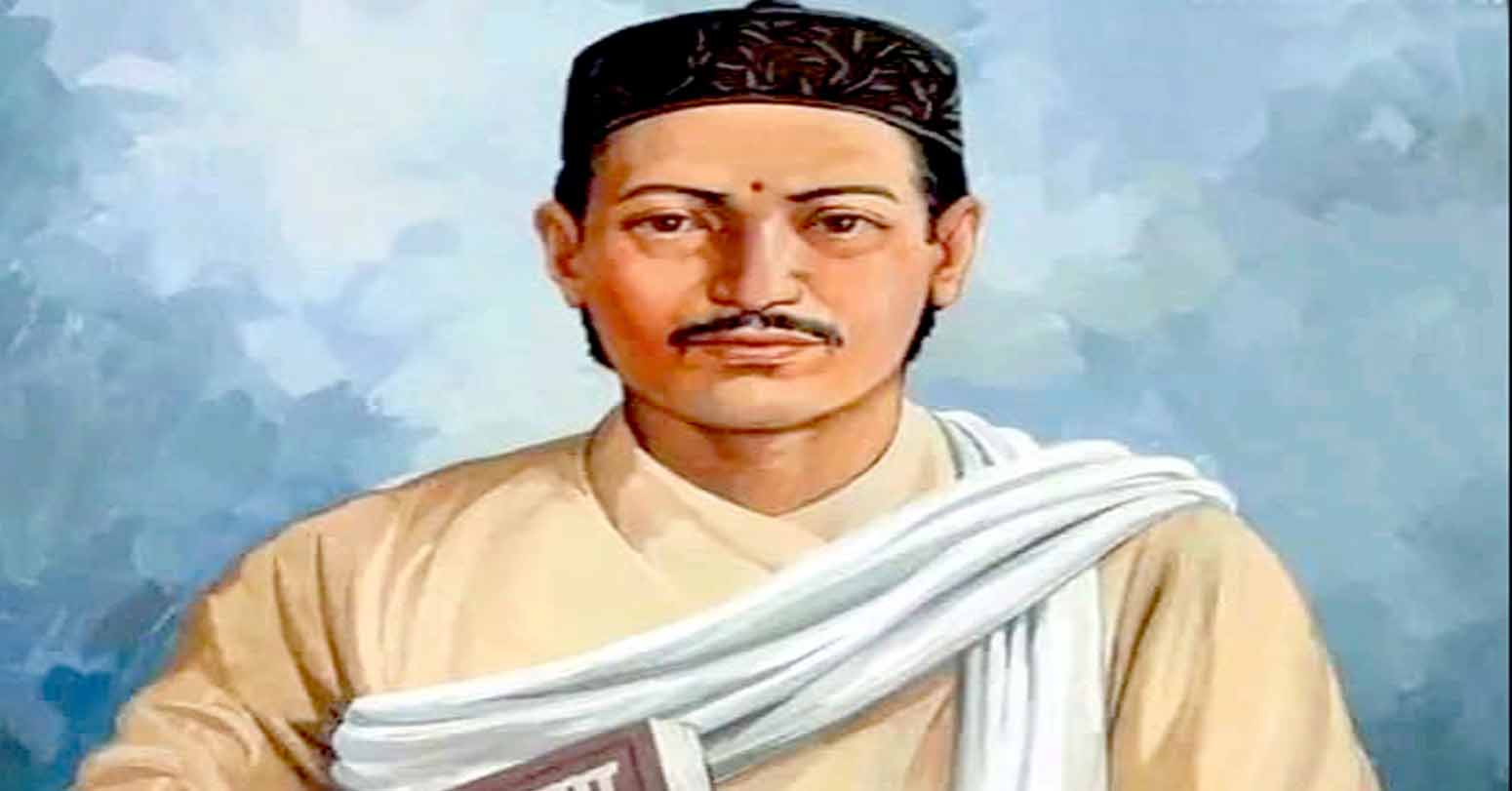

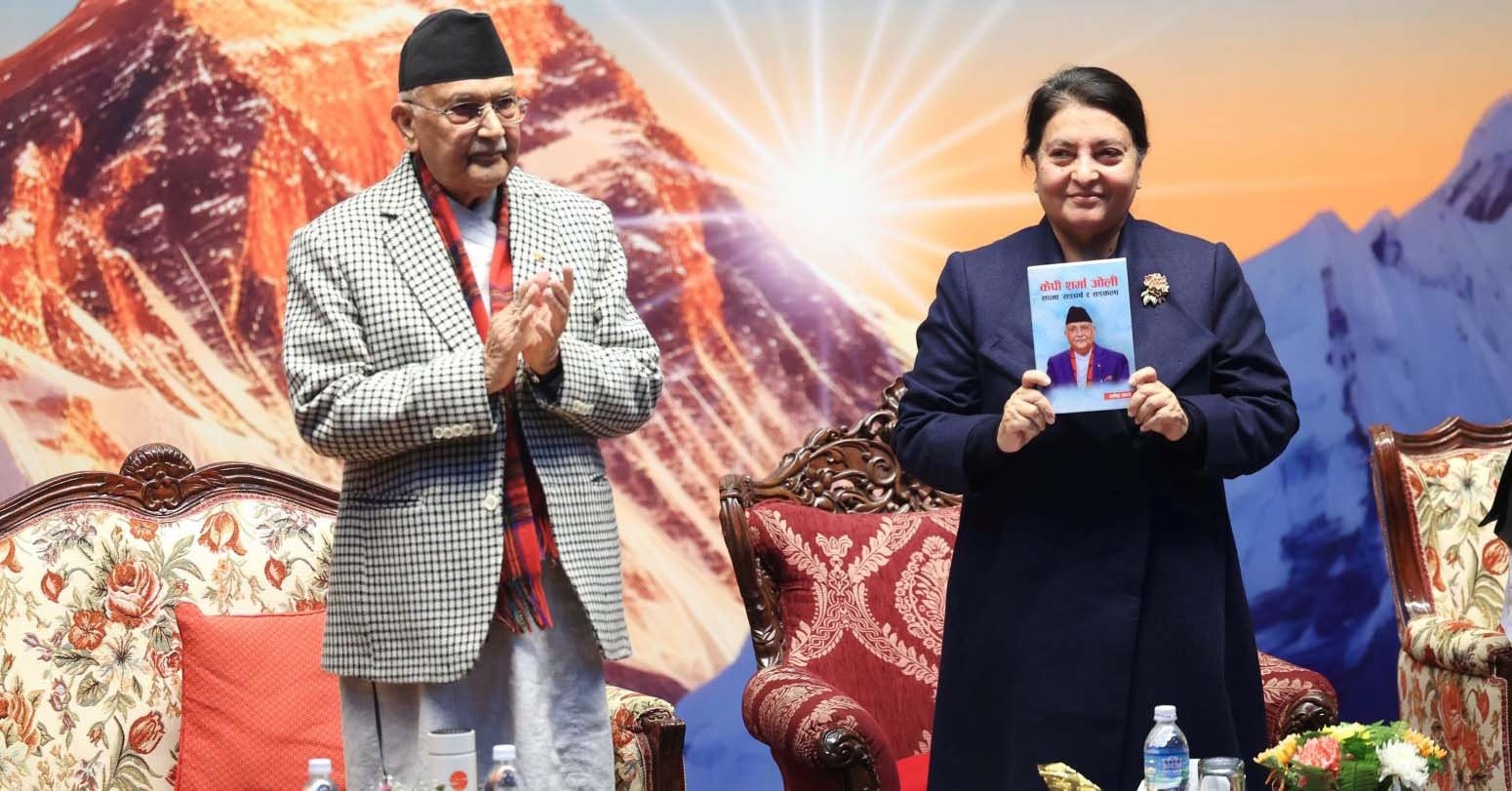
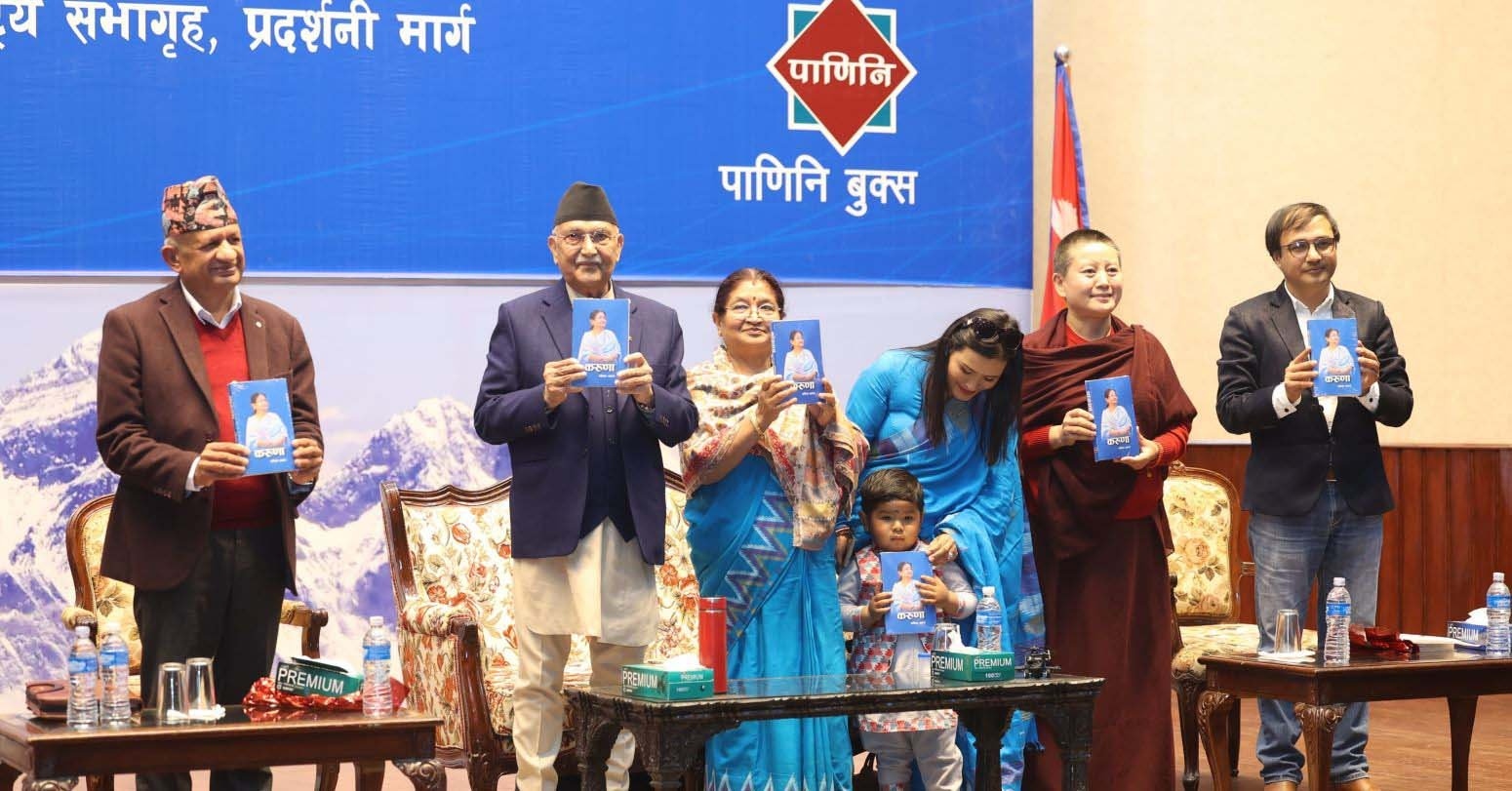

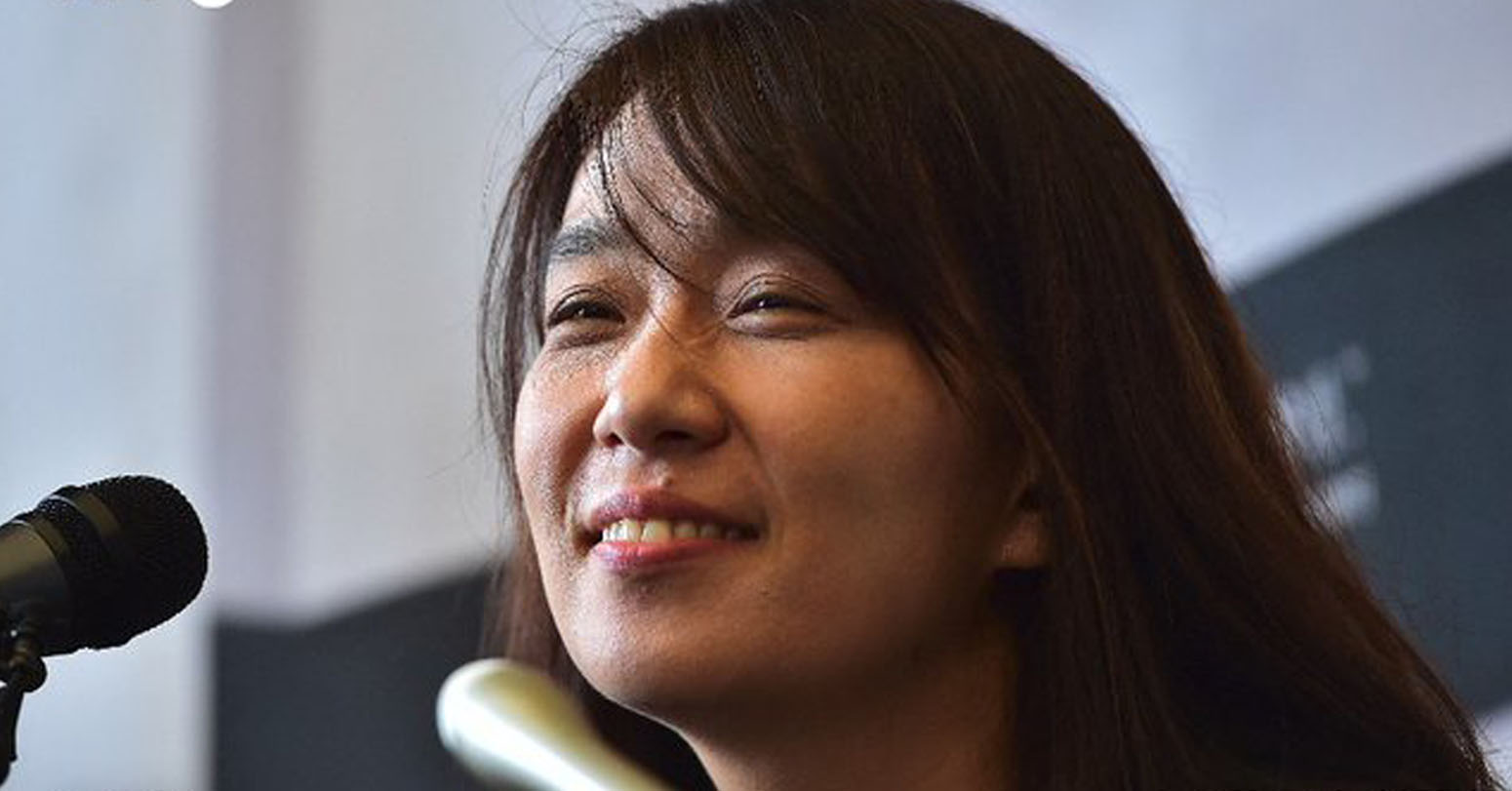
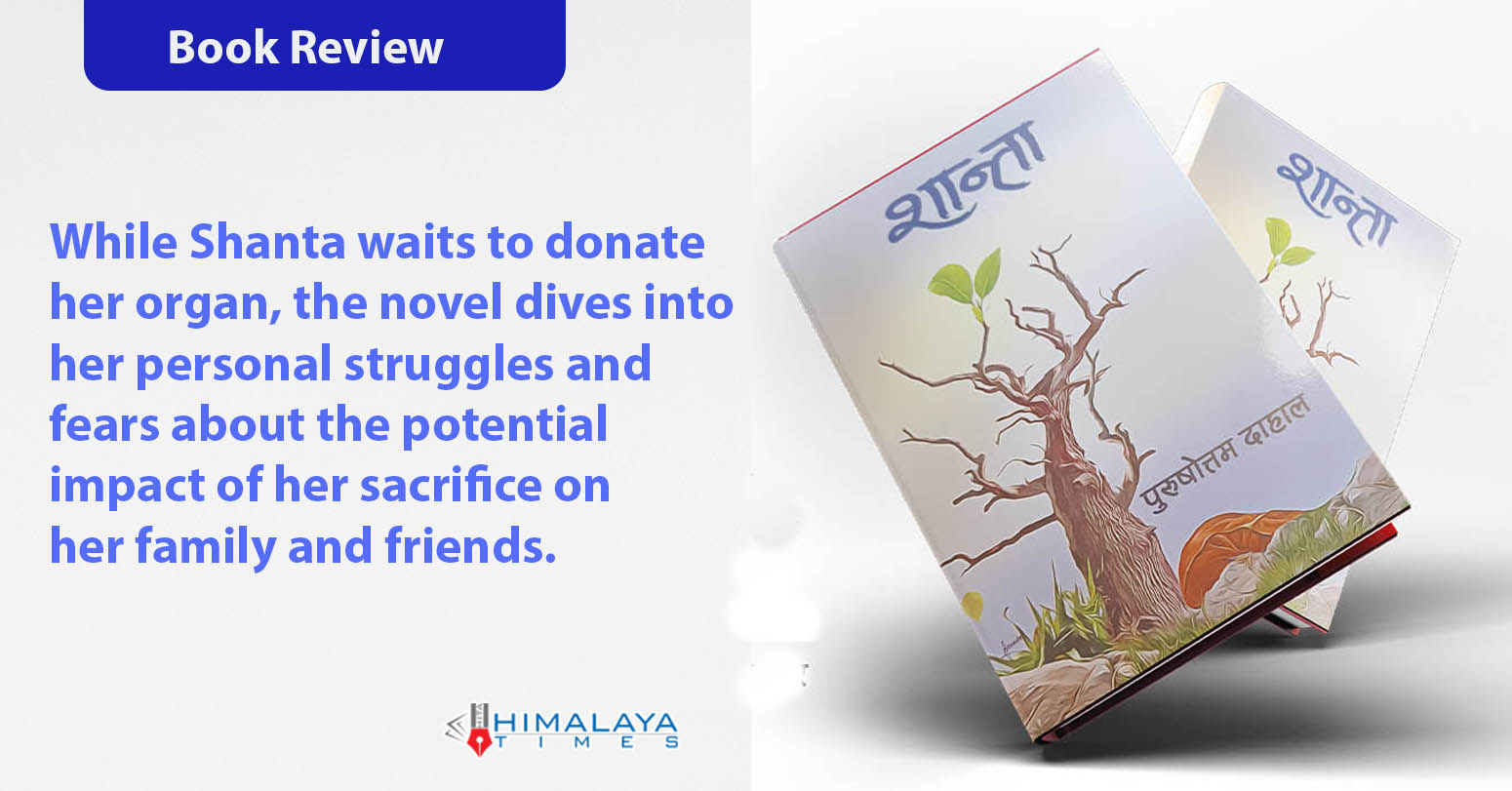

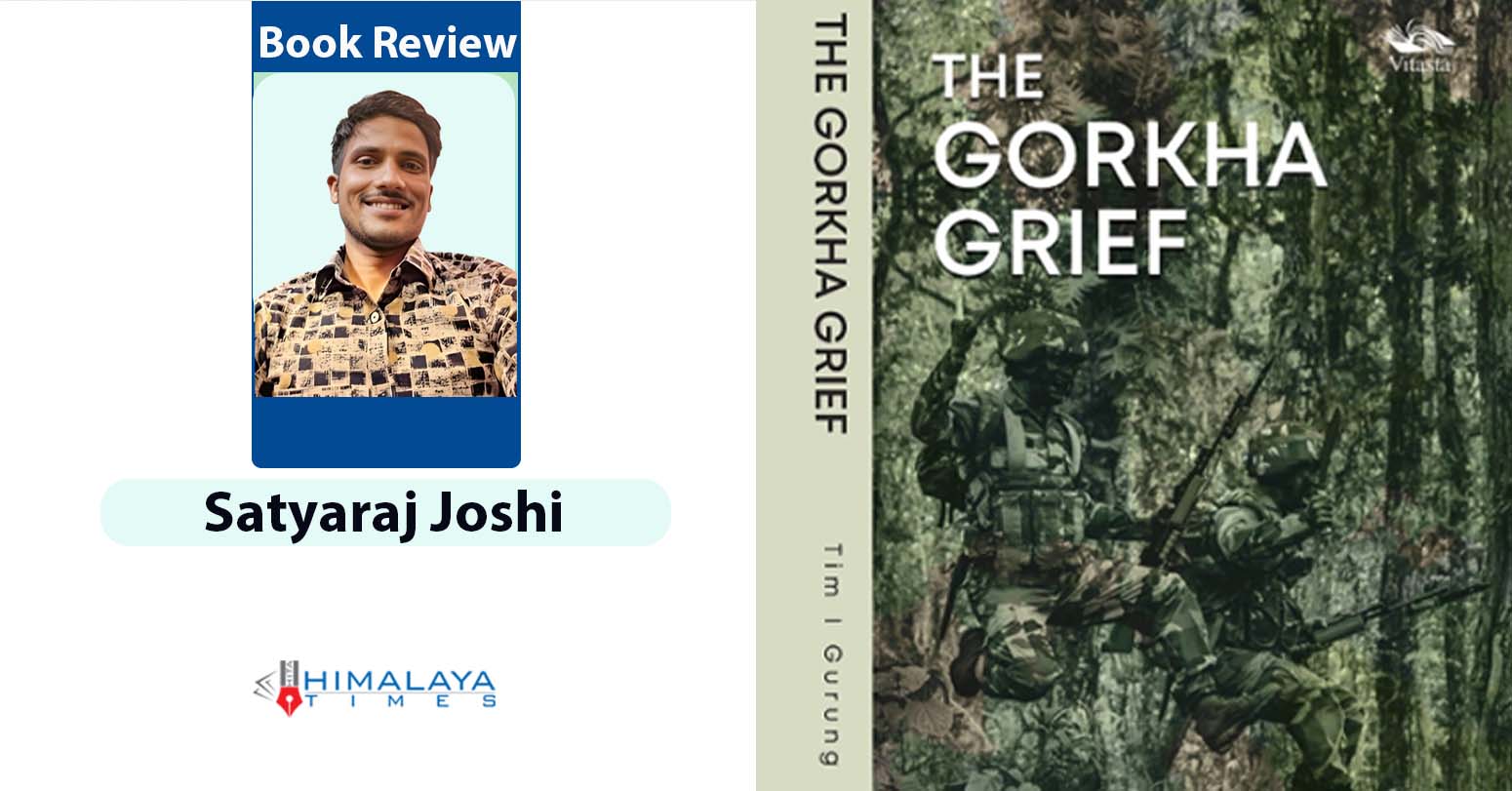
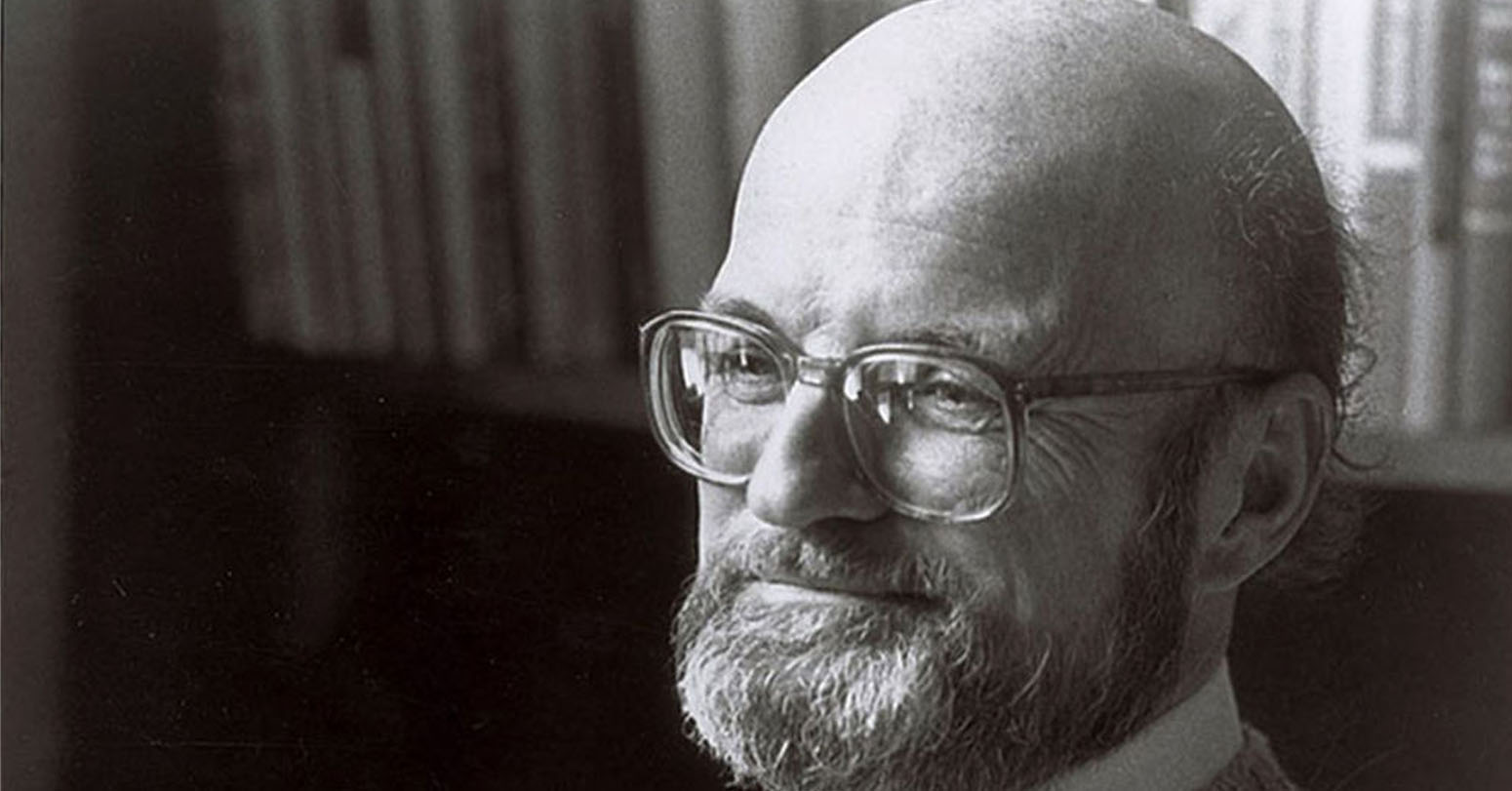
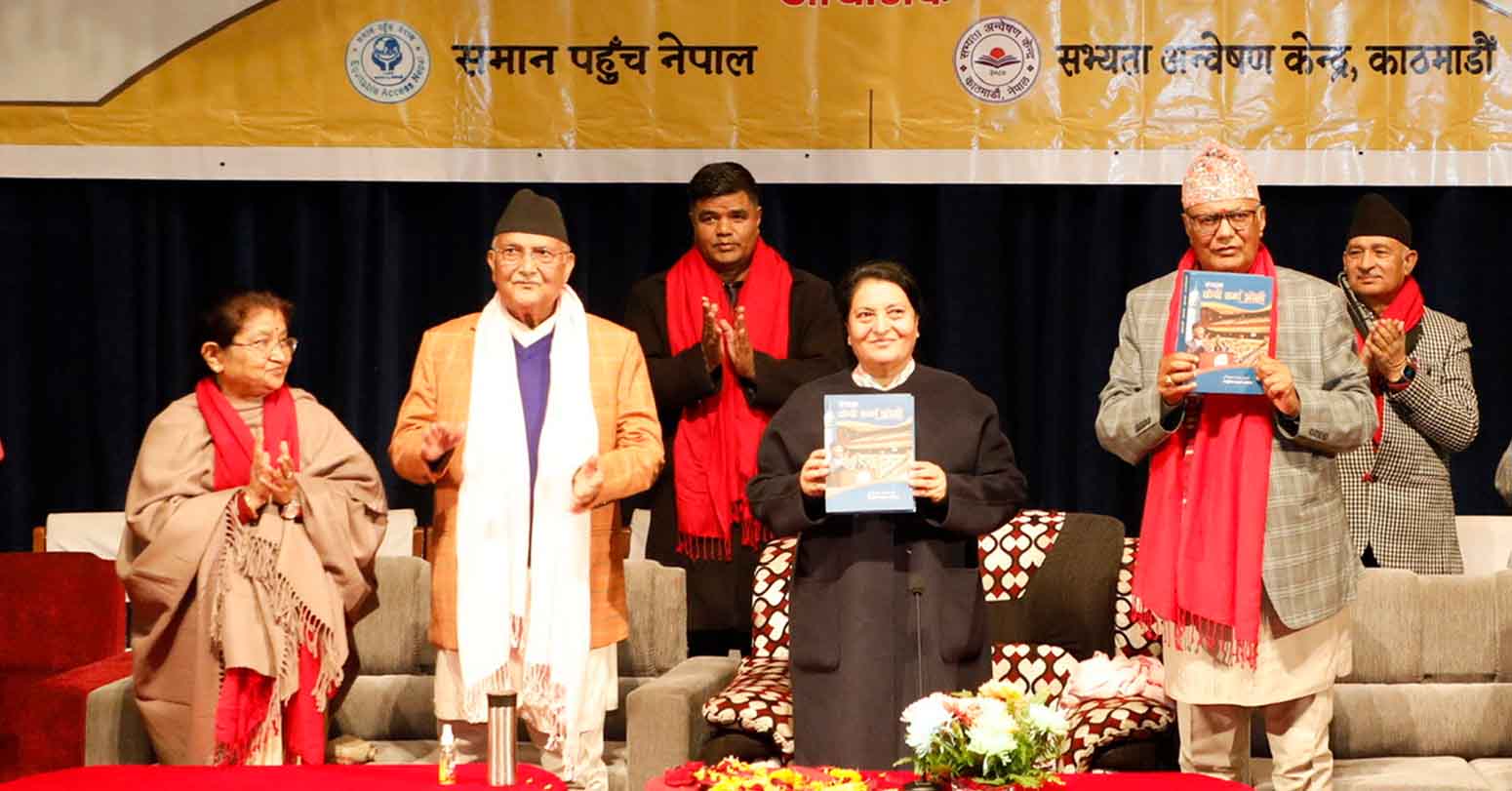
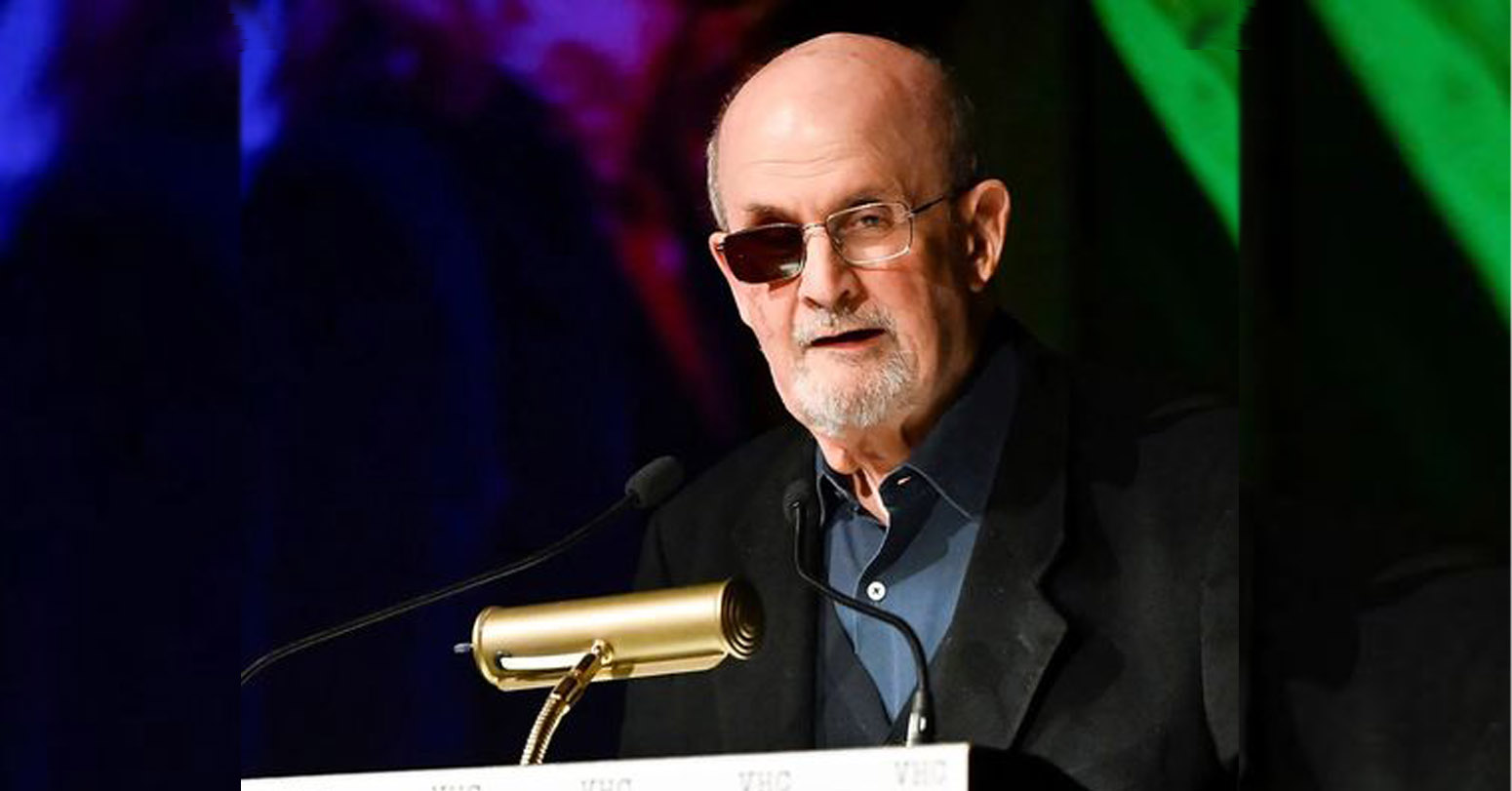
Middle-aged man spends millions to
Dr. Dharam Raj Upadhyay: Man
Breathing The Unbreathable Air
Comprehensive Data Protection Law Critically
Gender Differences In Mental Healthcare
Erosion of Democracy